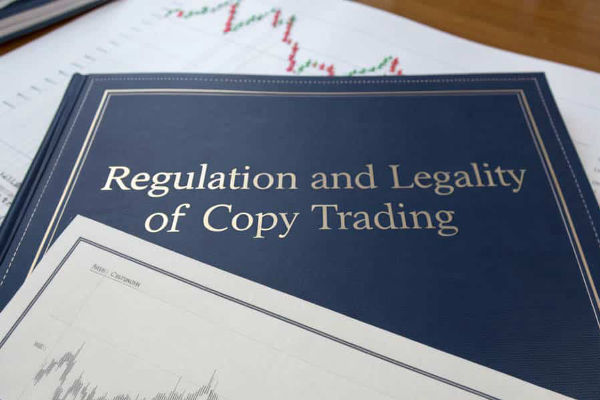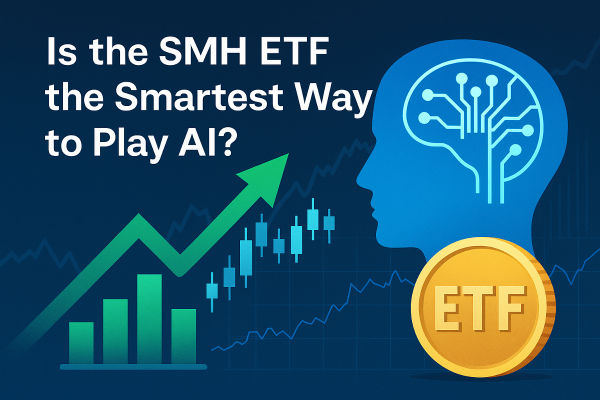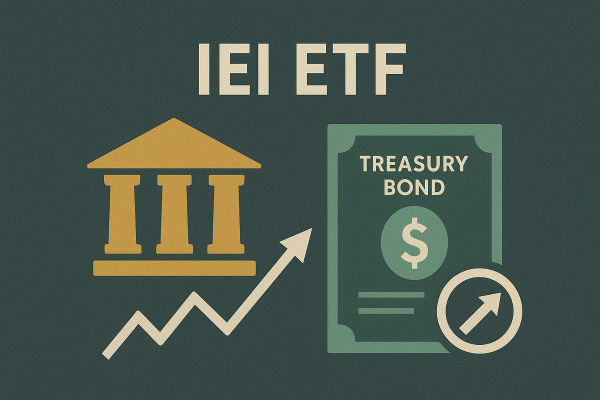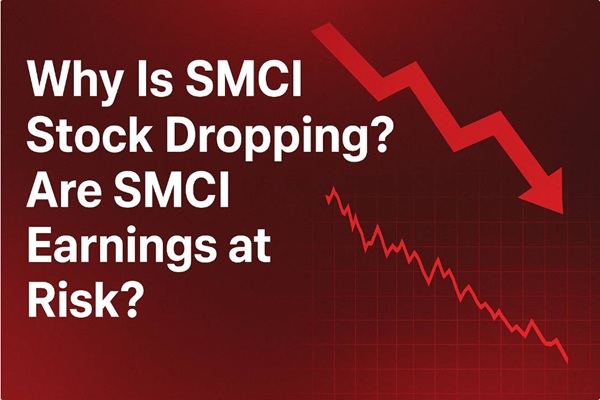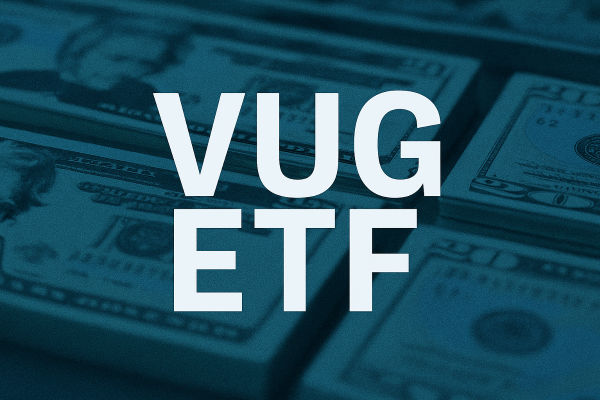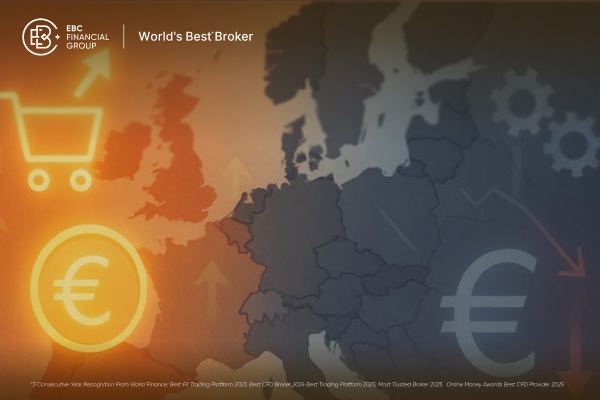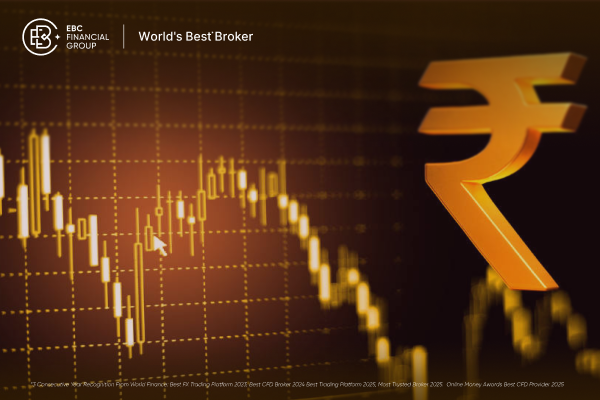In financial markets, the abbreviation CFD stands for Contract for Difference—a popular derivative instrument that allows traders to speculate on price movements without owning the underlying asset. Whether it's shares, commodities, forex, or indices, CFDs enable access to a wide range of markets with the potential to profit from both rising and falling prices. This trading method is especially appealing to those seeking flexibility, leverage, and exposure to global assets, but it also carries risks that are important to understand before getting started.
Definition and Basic Concept of CFD
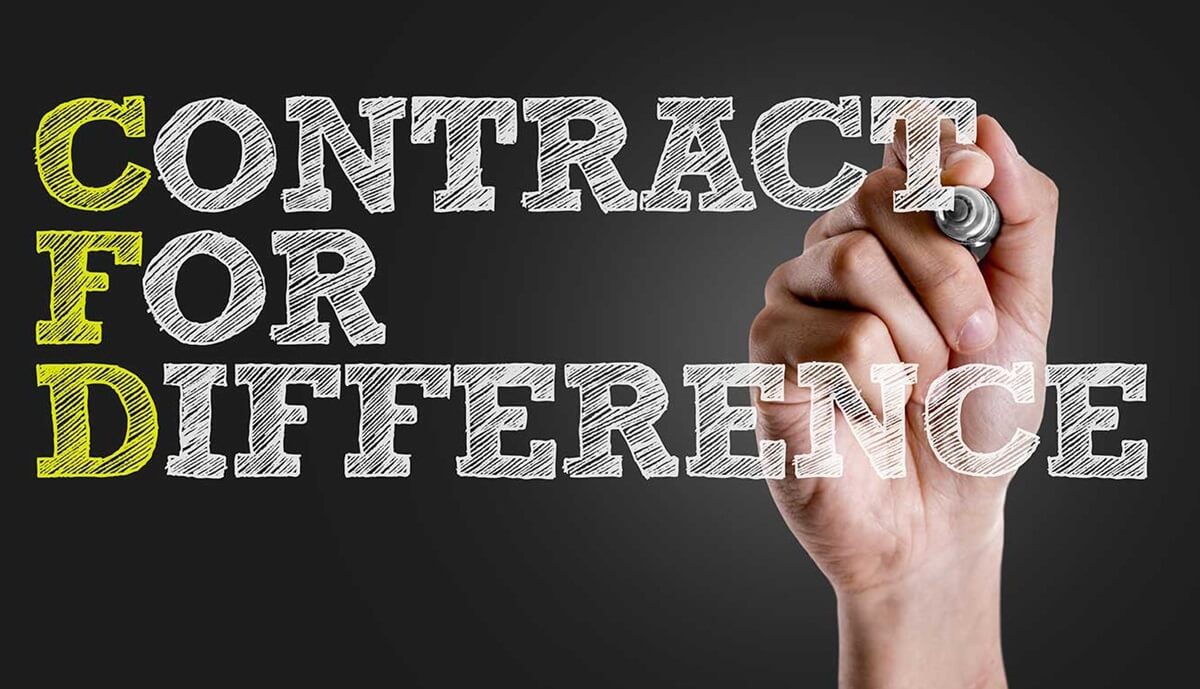
A Contract for Difference is essentially an agreement between two parties to exchange the difference in the value of an asset from the time the contract is opened to the time it is closed. If the price moves in the direction the trader speculates, the trader gains; if it moves against, a loss occurs. Importantly, with CFDs, the trader never owns the asset—instead, they simply speculate on the price movements.
CFDs are traded on margin, meaning that only a small percentage of the total trade value is required upfront. This is called leverage. While leverage can amplify profits, it also increases the risk of losses, sometimes beyond the initial investment.
How CFDs Work
The mechanism behind cfd trading is relatively straightforward. Traders choose an asset to trade, select their position size, and decide whether they believe the price will rise (go long) or fall (go short). When the trade is closed, the difference between the opening and closing prices determines the profit or loss, multiplied by the position size.
For example, if you speculate that a stock priced at £100 will increase and you go long with one CFD, and the price rises to £120. the difference of £20 is your profit (excluding any fees). If it drops to £90 instead, you face a £10 loss.
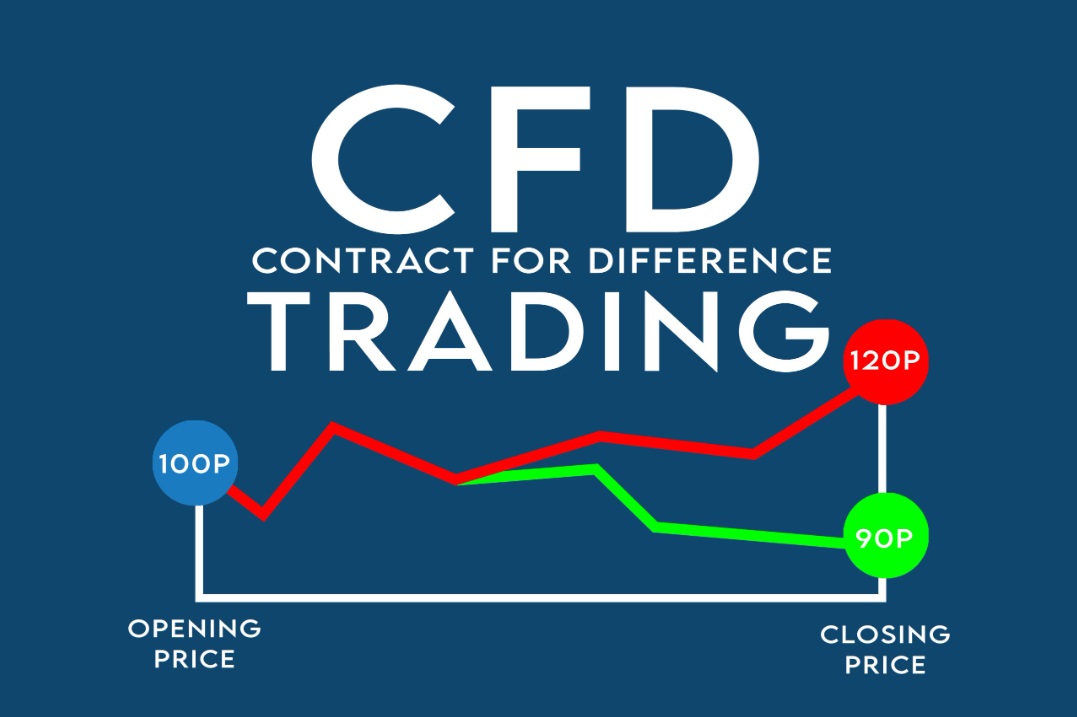
CFDs also come with overnight fees if held past the trading day, and spreads (the difference between buy and sell prices) that act as the broker's fee. Due to these costs and the use of leverage, careful risk management is essential.
Key Parties Involved in CFD Trading
A typical CFD Trade involves two main parties: the trader and the broker. The trader initiates the position by speculating on the direction of the price movement, while the broker provides the trading platform and access to financial markets.
The broker acts as the counterparty to each trade, meaning that they mirror the position. If a trader goes long on a CFD, the broker effectively takes a short position, and vice versa. Brokers earn revenue through spreads (the difference between the buy and sell prices) and sometimes through commission fees or overnight financing charges for holding positions beyond a trading day.
In most cases, brokers offer contractual agreements rather than routing orders directly to exchanges. This over-the-counter (OTC) nature of CFDs means there's a higher level of flexibility, but also an increased need to select a regulated and reputable broker, particularly in regions such as the UK or EU where retail CFD trading is tightly regulated.
Popular Markets for CFD Trading
One of the biggest advantages of CFDs is their broad market coverage. Traders can gain exposure to a wide range of global instruments all from a single trading platform. This includes:
Shares: CFDs on individual stocks like Amazon, Apple, or BP enable traders to speculate on equity prices without buying actual shares.
Forex: CFDs are commonly used in foreign exchange markets, allowing traders to speculate on currency pairs such as EUR/USD or GBP/JPY.
Commodities: From crude oil to gold and coffee, commodity CFDs offer access to key global resources.
Cryptocurrencies: For those looking to trade digital assets without holding actual coins, CFDs on Bitcoin, Ethereum, and others offer a flexible solution.
Indices: CFDs allow trading on entire stock indices such as the FTSE 100. S&P 500. or Nikkei 225. providing exposure to broad market movements.
This diversity means CFD traders can build diversified strategies across asset classes and hedge positions when necessary.
Example of a CFD Trade
To understand how a CFD trade works in practice, consider a simple scenario involving Apple stock.
Suppose Apple shares are currently trading at $180. A trader believes the stock will rise in value and decides to go long by opening a CFD position for 100 shares. If the price increases to $190. the difference is $10 per share. Multiplied by 100 shares, the profit is $1.000—minus any fees or spreads.
However, if the price falls to $170. the trader incurs a $1.000 loss instead. With leverage, the trader might have only needed to deposit 10% of the trade value (i.e., $1.800), making this both an efficient and risky strategy.
CFD brokers will typically charge a spread (e.g., $0.50 between the buy and sell price), and if the trade is held overnight, there may be additional financing costs.
This example demonstrates both the profit potential and risk exposure that comes with CFD trading. As such, it's essential for traders to manage risk carefully, use stop-loss orders, and fully understand leverage before entering a trade.
Final Thoughts
Contracts for Difference offer a flexible and accessible way to trade a wide range of markets without owning the underlying asset. From shares and forex to commodities and indices, CFDs allow traders to speculate on price movements in both rising and falling markets. However, while the potential rewards can be attractive—especially with the use of leverage—the risks should not be underestimated.
A solid understanding of how CFDs work, who you're trading with, and the markets you're entering is essential. Choosing a regulated broker, using appropriate risk management tools, and starting with a clear trading strategy can help mitigate the downsides.
Disclaimer: This material is for general information purposes only and is not intended as (and should not be considered to be) financial, investment or other advice on which reliance should be placed. No opinion given in the material constitutes a recommendation by EBC or the author that any particular investment, security, transaction or investment strategy is suitable for any specific person.












